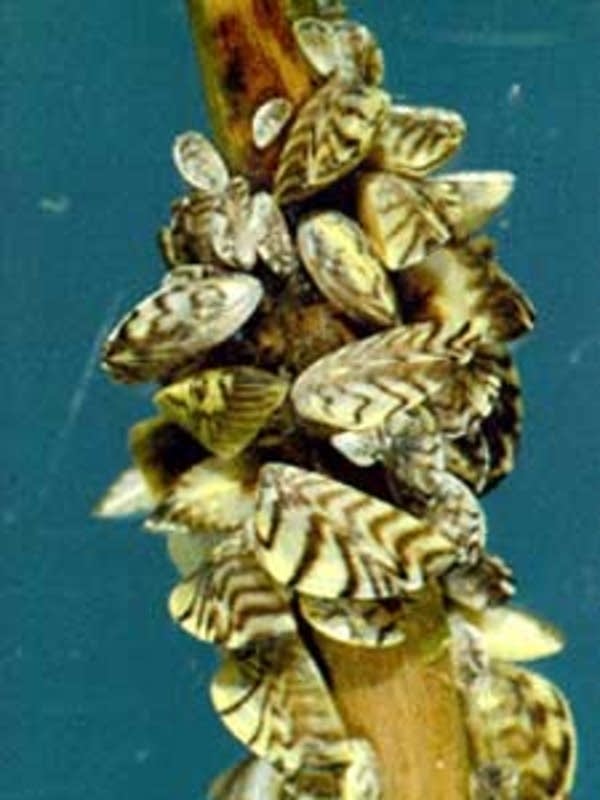More species invasions feared for Great Lakes

The National Center for Environmental Assessment issued the warning in a study released this week. It identified 30 nonnative species that pose a medium or high risk of reaching the lakes and 28 others that already have a foothold and could disperse widely.
Among the fish that scientists fear could cause ecological and environmental damage are the monkey goby, the blueback herring and the tench, also known as the "doctor fish."

The report described some of the region's busiest ports as strong potential targets for invaders, including Toledo, Ohio; Gary, Ind.; Duluth, Minn.; Superior, Wis.; Chicago and Milwaukee.
"These findings support the need for detection and monitoring efforts at those ports believed to be at greatest risk," the report said.
Create a More Connected Minnesota
MPR News is your trusted resource for the news you need. With your support, MPR News brings accessible, courageous journalism and authentic conversation to everyone - free of paywalls and barriers. Your gift makes a difference.
Exotic species are one of the biggest ecological threats to the nation's largest surface freshwater system. At least 185 are known to have a presence in the Great Lakes, although the report says just 13 have done extensive harm to the aquatic environment and the regional economy.
Perhaps the most notorious are the fish-killing sea lamprey and the zebra mussel, which has clogged intake pipes of power plants, industrial facilities and public water systems, forcing them to spend hundreds of millions on cleanup and repairs.
Roughly two-thirds of the new arrivals since 1960 are believed to have hitched a ride to the lakes inside ballast tanks of cargo ships from overseas ports.

For nearly two decades, U.S. and Canadian agencies have required oceangoing freighters to exchange their fresh ballast water with salty ocean water before entering the Great Lakes system. Both nations also recently have ordered them to rinse empty tanks with seawater in hopes of killing organisms lurking in residual pools on the bottom.
Despite such measures, "it is likely that nonindigenous species will continue to arrive in the Great Lakes," said the report by the national center, which is part of the Environmental Protection Agency.
Some saltwater-tolerant species may survive ballast water exchange and tank flushing, it said. And aquatic invaders could find other pathways to the lakes - perhaps escaping from fish farms or being released from aquariums.
The report does not predict which species might get through. Instead, it urges government resource managers to monitor waters under their jurisdiction in hopes of spotting attacks in time to choke them off.
"Early detection is crucial," said Vic Serveiss, a scientist with the National Center for Environmental Assessment and the report's primary writer.
Hugh MacIsaac, a University of Windsor biologist and director of the Canadian Aquatic Invasive Species Network, said he expected very few invaders to reach the Great Lakes in ballast water now that both nations are requiring tank flushing at sea. Flushing and ballast water exchange should kill 99 percent of organisms, he said.
"I would be very surprised if their prediction comes true," he said, referring to the EPA report's suggestion that numerous invaders could reach the lakes despite the new ballast rules.
The report reinforces the need for further measures to keep foreign species out, including requiring onboard technology to sterilize ballast tanks, said Jennifer Nalbone, invasive species director for the advocacy group Great Lakes United.
"We are only beginning to invest the tremendous amount of resources needed," Nalbone said. "We're being hammered by invasive species and are still woefully behind."
--- (Copyright 2009 by The Associated Press. All Rights Reserved.)
